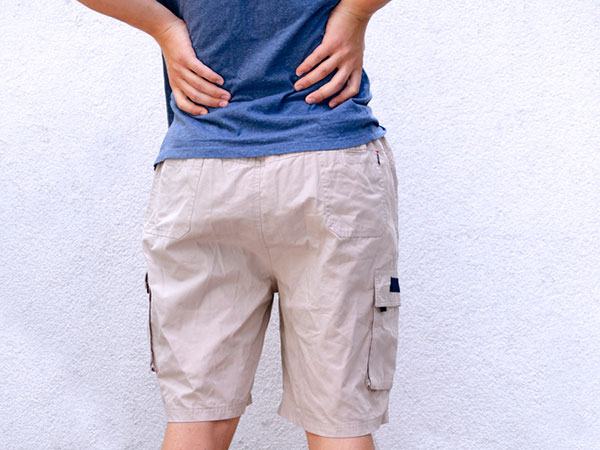What Is An Osteopath?
An Osteopath is a manual therapist who treats the musculo-skeletal system for the relief of pain.
Osteopathy is the system of healing which treats the physical system (joints, ligaments, muscles and organs) to improve the structure and function of the body that, in turn, improves the physiological health and relieves pain.
An osteopath engages the tissues and the intrinsic ability of the body to heal itself. The osteopath is highly trained to differentially diagnose a problem and is a skilled manual therapist.
Osteopathy has long been recognized as a safe approach to treatment. It is non-invasive and not dependent on drugs. Treatment includes a number of gentle manual techniques carefully applied. Some people may a have simple problem which is resolved in one to three treatments and others may have a more complex injury that could require top up treatment on a three monthly or even annual maintenance basis.
Are Osteopaths fully trained?
Yes, all osteopaths at this practice have studied a minimum of 4 years full time in osteopathy, which includes intensive clinical competency, and are members of the Osteopathic Council of New Zealand. By law all osteopaths must hold a current Annual Practicing Certificate and complete continuing professional education.
Principles of Osteopathy
- Structure and Function are reciprocally related. Anatomy governs physiology.Soft tissue dynamics relate to physiological function and pathological change.
- Rule of the Artery is supreme. Circulation is important to health and without adequate nutrition, tissues cannot perform efficiently. The function of the sympathetic nervous system and its influence on the vasoconstriction mechanism is osteopathically important.
- The body has self-healing and self-regulatory mechanisms. Osteopaths consider that movement restrictions negatively impact on communication (be it chemical, neural, or mechanical).
- The musculo-skeletal system is the primary machinery of life. The musculo-skeletal system is more than a framework to carry our internal organs. Osteopathy is uniquely placed to interact with people's emotions and functions.
- The Whole is more than the sum of the parts. Osteopaths look at each joint in relation to other joints and how body systems work together.
- Motion is Life. Osteopaths assess the quality of motion.
- Find it, fix it, leave it alone. Osteopathy accepts that the body will heal itself.
Osteopaths see the body as something where mind, body and spirit interact and are reciprocally related. It is where the building blocks of the body (its tissues) interact and both influence and are influenced by internal physiology and homeostasis.
Osteopaths work with all body tissues and fluids, even though they may sometimes use the musculo-skeletal tissues as a 'handle' into deeper, less accessible structure, tissues and circulatory pathways.







